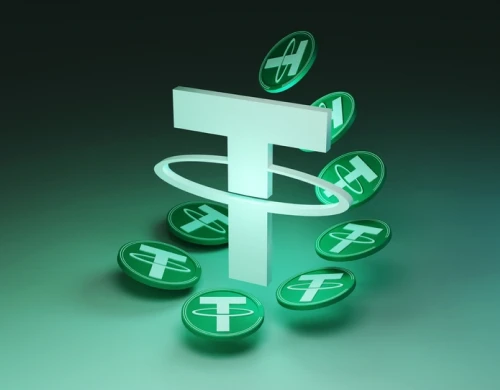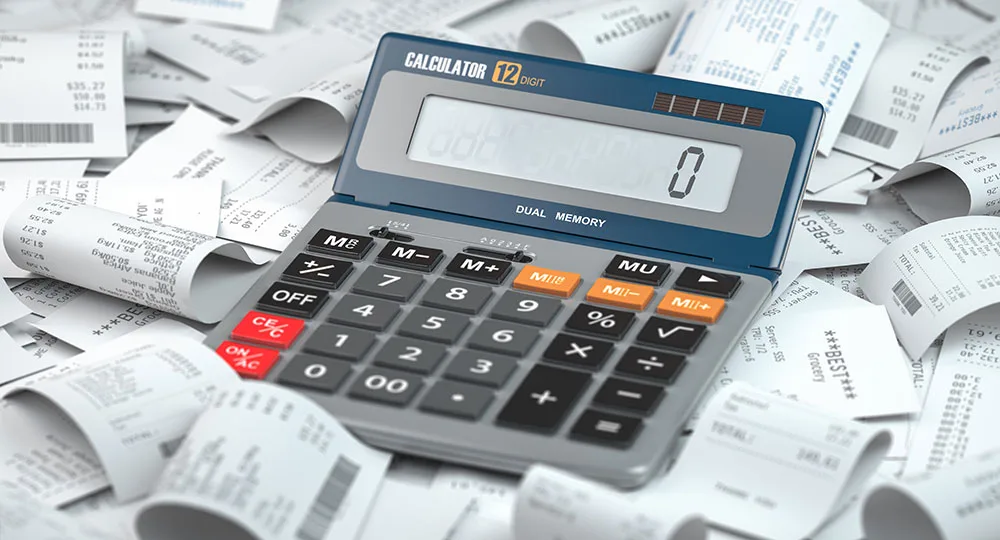The Hidden Risks of USDT in Thailand’s Crypto Boom (2025 Warning)
USDT in Thailand: Booming in 2025, but Not Without Risks
On the surface, Thailand’s crypto world in 2025 appears to be maturing fast—especially when it comes to stablecoins like USDT in Thailand. Traders use it. Freelancers get paid in it. Even digital nomads and crypto cafes are on board.
But behind the convenience and speed, there are mounting concerns. Tether (USDT) might be pegged to the US dollar, but its growing use across Thailand is sparking questions around legality, transparency, and long-term safety.
This isn’t a scare piece—it’s a practical risk briefing for anyone using, storing, or accepting USDT in Thailand this year.
1. USDT in Thailand: Tether’s Trust Problem Isn’t Gone—It’s Just Ignored
USDT’s issuer, Tether Ltd., has long faced scrutiny over its reserves. While the company now releases attestations, critics point out the lack of full audits and a history of vague answers.
Risk: If trust in Tether collapses globally, Thai users holding USDT may find their “stable” savings worth far less—or completely frozen on certain platforms.

2. USDT in Thailand: Not Legal Tender—And Still in a Gray Zone
While USDT is legal to hold and trade in Thailand, it’s not recognized as legal tender. This means businesses are under no obligation to accept it, and protections for consumers remain minimal.
Risk: In case of disputes, lost funds, or platform shutdowns, there’s no government backstop for users relying on USDT as a financial tool.

3. TRC-20 Transfers Are Cheap—But Come With Risks
Thai users love USDT on the TRON network (TRC-20) due to low fees. But with that affordability comes a trade-off: transactions are harder to reverse, and scam activity is rampant in P2P communities using this network.
Risk: One wrong wallet address, and your USDT is gone—no refunds, no recovery. Fraud is also common in Telegram and LINE-based P2P trades.
4. Over-Reliance on a Single Stablecoin
The dominance of USDT across Thai exchanges, e-commerce deals, and freelancer transactions has made it the default currency for many.
Risk: Lack of diversification leaves users exposed to systemic failure. If USDT depegs or faces enforcement actions, those heavily invested may suffer large, sudden losses.

5. Businesses Are Catching On Slowly—for a Reason
While individual adoption is high, Thai businesses are more cautious. Most are waiting for clearer government guidelines before accepting stablecoin payments.
Risk: Users who rely on USDT for everyday purchases could find themselves locked out if major platforms (like Shopee, Lazada, or banks) tighten restrictions.
6. Tax Confusion and Audit Exposure
Thailand’s tax authorities are keeping a closer eye on crypto in 2025. While trading USDT isn’t illegal, it is taxable, and the onus is on individuals to report their activity correctly.
Risk: Failure to declare earnings or capital gains from USDT transactions—especially P2P—could lead to audits or fines.

7. Fake Wallets, Rug Pulls, and Phishing Scams
As USDT rises in popularity, so do scams targeting Thai users. Fake wallets mimicking Trust Wallet or MetaMask are in circulation, especially on mobile app stores and rogue APK websites.
Risk: Even tech-savvy users have been caught off-guard. One wrong download, and your funds may be drained before you notice.

Final Warning: Don’t Confuse “Stable” with “Safe”
USDT is not the enemy. But it’s also not a bank, a government, or a regulated currency. In Thailand’s fast-moving 2025 crypto scene, the danger lies in treating Tether as completely risk-free.
For every Thai user or freelancer who swears by USDT, there’s another who lost funds due to scams, errors, or bad assumptions.
Stay cautious. Spread your assets. Use trusted platforms. And never put more into USDT than you’re prepared to lose.




